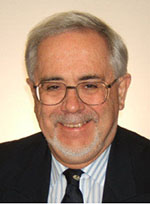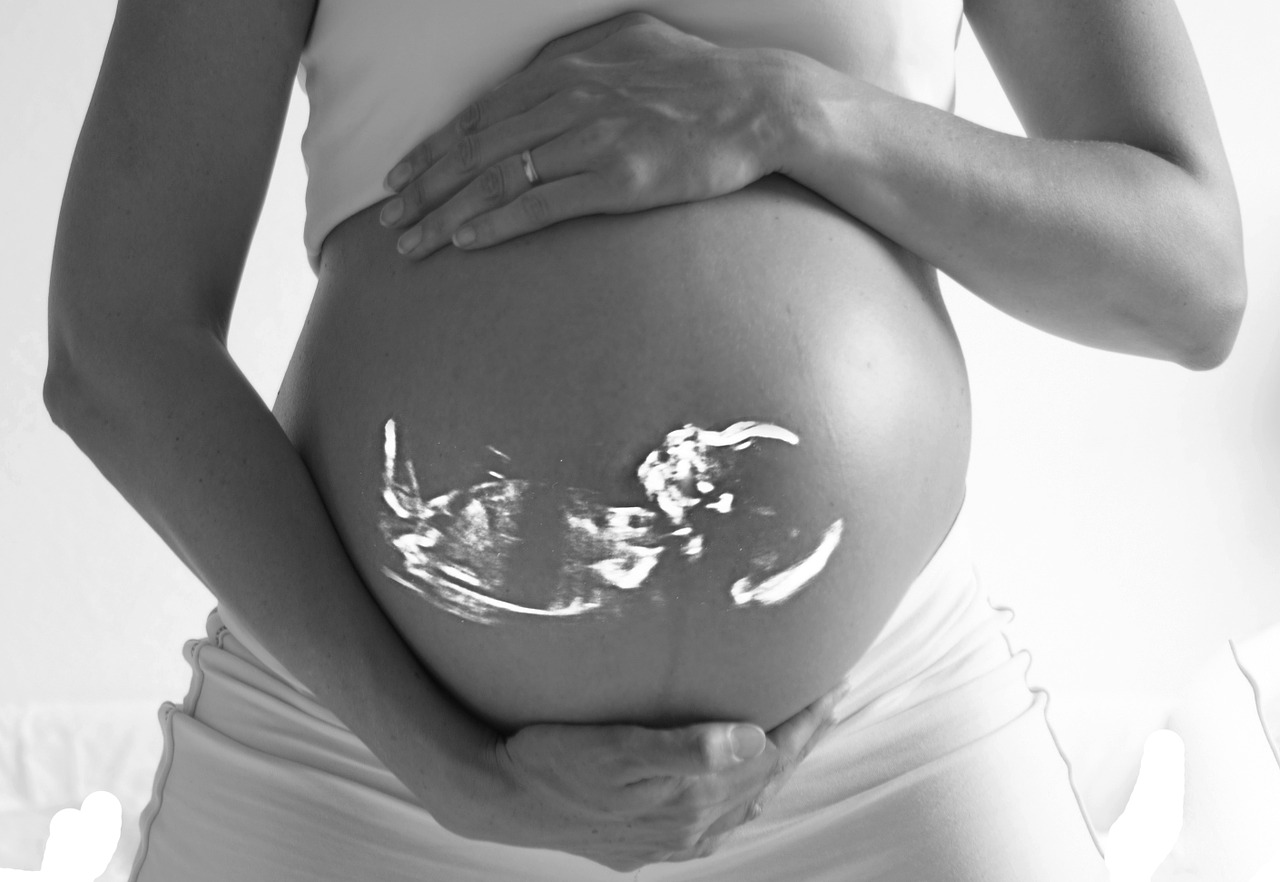A central disorder?
At one level understanding, substance use disorders is simple. These are disorders which are caused by the use of a psychoactive substance which has abuse and dependence properties. Whether there is a central mental or behavioural disorder of repetitive substance use is where debate, disagreement and controversy arise. Indeed, such are the varying opinions and philosophies (“models”) that a visitor from another planet might think human beings are incapable of coherent thinking about the nature of conditions that affect them.
Some people view persistent substance use as representing an underlying biological disorder where some people become “addicted” and are utterly different from the rest of the human race. Some regard substance-use-related problems as simply a consequence of the availability of particular substances in our society. Others view repeated substance use as a behaviour which is mostly driven by the same mechanism as other human behaviours and habits. Others regard them as an acquired disorder of addiction caused by abnormal brain processes.
Making sense of this
A highly influential construct is the “dependence syndrome,” introduced principally by Griffiths Edwards in the mid-1970s. This described what people with a long history of repetitive substance use experienced in terms of symptoms, behaviours, thoughts and observed physiological features. Importantly, it did not seek to ascribe a cause for the disorder other than substance use.
The dependence syndrome concept was taken up widely by the clinical community and incorporated into the two major international diagnostic systems, the International Classification of Diseases (10th Revision), published in 1992, and the US Diagnostic and Statistical Manual , 3rd Edition Revised and 4th Edition, published in 1987 and 1994 respectively. For nearly 30 years, these international diagnostic systems have formed the basis of disease characterisation and morbidity and mortality statistics. The concept of a dependence syndrome has been accepted for nearly all psychoactive substances which have abuse potential, and it has been supported by the burgeoning evidence on the neurobiological changes that underpin its clinical manifestations. I describe it as a “powerful internal driving force” to use and continue to use a psychoactive substance.
What has DSM-5 done?
It was a surprise to many when the latest version of the Diagnostic and Statistical Manual of Mental Disorders (the 5th Edition or DSM-5, published in 2013), amalgamated dependence with the non-dependence DSM-IV diagnosis of substance abuse. Now there is one central diagnosis for repeated substance use which is causing problems. Examples include “alcohol use disorder”, “cannabis use disorder” and “opioid use disorder”.
Does this composite disorder aid epidemiological and clinical practice? It is a very broad concept, although it is subdivided into “mild”, “moderate” and “severe”.
My view is that it is too broad. It also does not take into account our developing knowledge of the mechanisms of development of dependence. Some questions for consideration:
- Does it help communicate the nature and severity of the disorder amongst clinicians?
- Does this new diagnosis mean anything other than the person uses the substance repeatedly and periodically experiences problems?
- Does it alert the clinician to a patient who may develop a withdrawal state?
- Does it point to the goal of treatment (abstinence from the substance, controlled or moderated use or periodic use)?
- Does it assist the clinician in identifying appropriate treatments for discussion with the patient/client?
- Does it help identify whether patients who use heroin and other illicit opioids would be appropriately treated with agonist maintenance such as buprenorphine and methadone? As I have commented before, if an opioid user is not addicted to an opioid prior to treatment, they certainly will be addicted after they commence on methadone or buprenorphine!
These are some of the practical concerns that many clinicians and researchers have about the conceptualisation of substance use disorders in DSM-5. How these might be addressed and current developments in the next version of the International Classification of Diseases (ICD 11) will be the subject of my next commentary.
Author: John B. Saunders, Faculty of Medicine and Biomedical Sciences, University of Queensland; Disciplines of Psychiatry and Addiction Medicine, Sydney Medical School, University of Sydney, Australia.
**Please note that the material presented here does not necessarily imply endorsement or agreement by individuals at the Centre for Addictions Research of BC.



